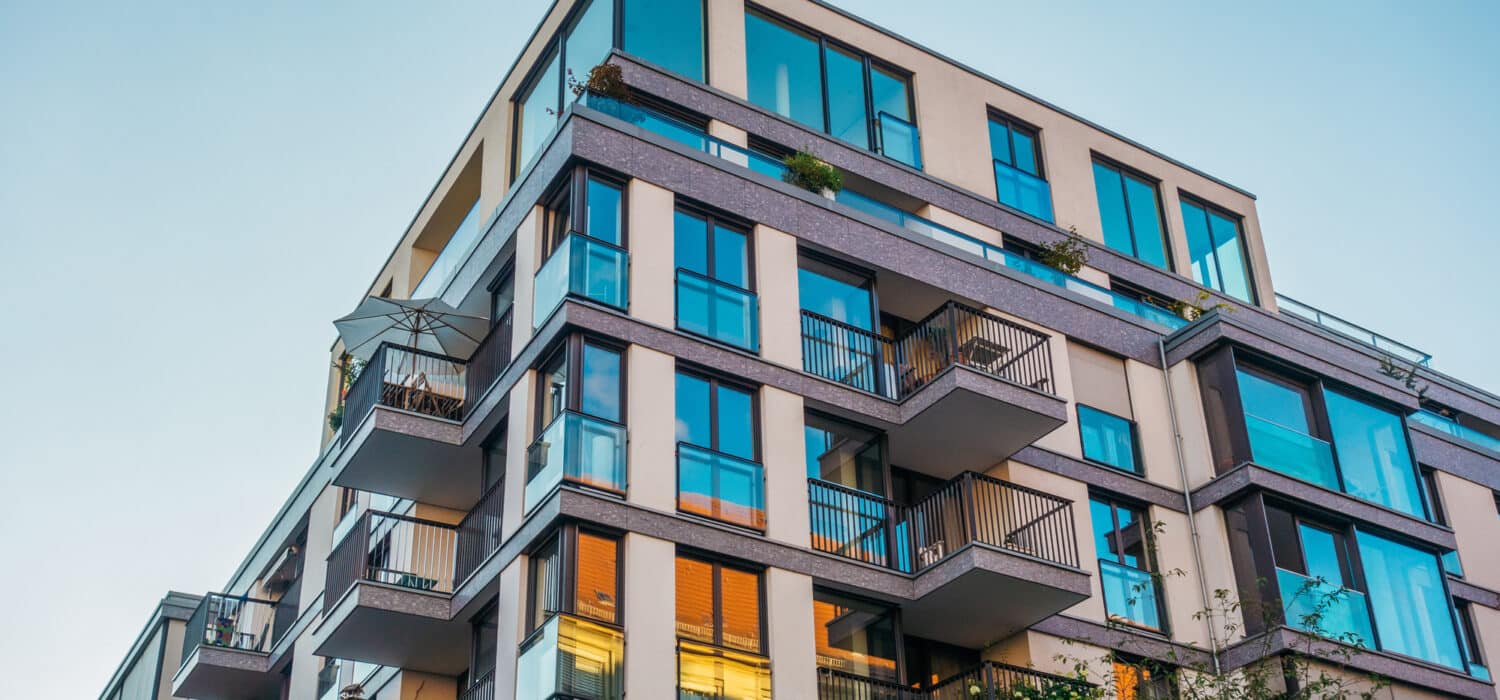Here’s a reasonable question I hear pretty often: How could Huntsville possibly need more housing when I see so many new, empty apartments everywhere?
People generally understand that average housing prices rise when demand grows faster than supply.
Researchers from the Furman Center to the Greater London Authority to the National Bureau of Economic Research to the White House Council of Economic Advisors agree that housing is no exception to this rule.
But supply is clearly growing. We can see it all around us. So how can we need more homes?
It comes down to the seen and the unseen. We can all see high rises going up and staying empty. What’s harder to see is how many people have moved into the area over the past ten years.
In sum, yes, Huntsville has built a lot of homes over the past ten-ish years. But we’ve attracted a lot more people than we’ve built homes for. To keep prices steady, supply has to do more than grow. It has to grow as fast as demand. That’s what we haven’t done. And to stabilize prices, that’s what we have to do.
Let’s look at the numbers.
All of the following data is from Huntsville Development Review reports.
In 2010, Huntsville was home to 180,105 people and 84,949 homes. That’s a gap of 95,156 more people than places for them to live. Homes in Huntsville sold for an average of $86/square foot.
By 2020, Huntsville was home to 202,453 people and 99,854 homes. By then, the gap had widened to 102,599 more people than places for them to live. Homes in Huntsville sold for an average of $117.22/square foot.
Then, between 2020 and 2023 not only did the gap in absolute units rise, but the ratio between people and homes also widened to ~50%. By 2023, Huntsville had 124,541 more people in Huntsville than places for them to live.
Perhaps not shockingly, then, you also see a huge rise in home prices per square foot between 2020 and 2023:

And a similar rise in Huntsville housing sales prices:

When you compare each year’s housing shortfall (the gap between residents and residences), with average selling price per square-foot, you see a pretty close relationship:

Combine a growing gap between new people and new homes with smaller average household sizes and larger average homes, and you have all the makings of exactly what we’re seeing now: skyrocketing costs, longer commutes, and more homelessness.
As for why so many new buildings are empty, I don’t know. But I do know that empty apartments are a very small price to pay for less homelessness. And multiple studies show a relationship between very low vacancy rates and higher rates of homelessness.
And why are all the new apartments luxury apartments when what we really need is affordable housing? In a supply-constrained market, suppliers nearly always meet demand at the top of the market before targeting less-profitable customers.
A housing crisis is a housing shortage. The only way to stabilize rents, preserve undeveloped land, shorten commutes, and reduce emissions is to legalize building dense, affordable housing (like ADUs) near jobs and transit.
To learn more, and become part of the solution, be sure you’re signed up for our newsletter through the form on our homepage.
